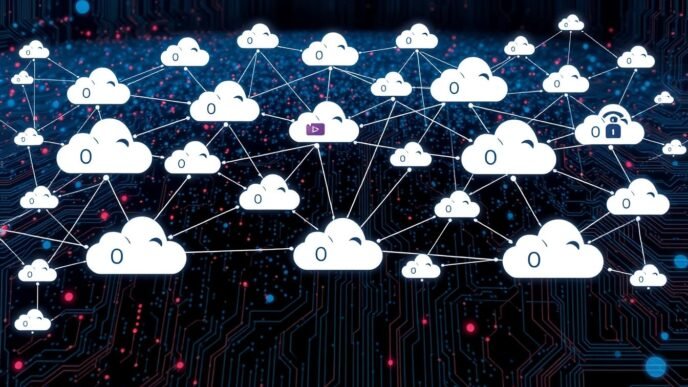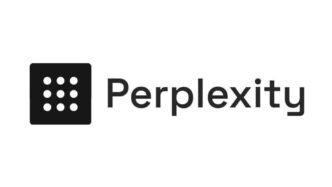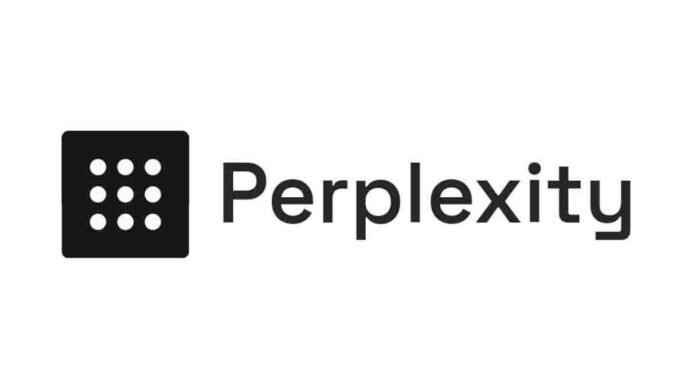The relationship between edge computing and cloud computing is reshaping the digital landscape, causing a revolution in how data is processed and stored. These two technologies, often seen as competitors, actually complement each other to create a more efficient and responsive computing environment. Understanding what describes the relationship between edge computing and cloud computing is crucial for businesses and technologists alike, as it has an impact on decision-making in IT infrastructure and application development.
Edge computing vs cloud computing is not a battle but a synergy that enhances overall system performance. This article explores the nuances of edge vs cloud, delving into their definitions, complementary nature, and the dynamics of data processing. It also examines how cloud and edge computing work together to address the growing demands of modern applications. By the end, readers will gain key insights into the edge cloud computing paradigm and its significance in today’s interconnected world.
Defining Edge and Cloud Computing
Edge Computing Explained
Edge computing is a distributed computing architecture that brings data processing closer to its sourc. This approach moves compute power physically nearer to where data is generated, typically Internet of Things (IoT) devices or sensors. By processing data at the network’s edge, edge computing reduces the need for large amounts of data to travel among servers, the cloud, and devices or edge locations.
One of the key benefits of edge computing is lower latency. Data processing at the edge results in eliminated or reduced data travel, which can accelerate insights for use cases with complex AI models that require low latency, such as fully autonomous vehicles and augmented reality. Additionally, edge computing allows for wider reach, as it can process data locally without the need for internet access, extending computing to previously inaccessible or remote locations.
Cloud Computing Explained

Cloud computing, on the other hand, is a style of computing in which scalable and elastic IT-enabled capabilities are delivered as a service using Internet technologies. It allows users to store and process their data at a much lower cost and effort level . Cloud providers store and process data in large data centers, taking advantage of economies of scale to provide services to enterprises or consumers at very low cost.
The benefits of cloud computing include lower upfront costs, flexible pricing, and limitless compute on demand . According to Harvard Business Review’s ‘The State of Cloud-Driven Transformation’ report, 83 percent of respondents say that the cloud is very or extremely important to their organization’s future strategy and growt .
Key Differences
While both edge and cloud computing are essential in today’s digital landscape, they have some key differences:
- Data Processing Location: Edge computing processes data near the source, while cloud computing processes data in centralized data centers.
- Latency: Edge computing offers lower latency due to its proximity to data sources, whereas cloud computing may have higher latency depending on network conditions.
- Bandwidth Requirements: Edge computing requires lower bandwidth as data is processed locally, while cloud computing needs higher bandwidth to transmit data to central locations.
- Cost: Edge computing can be more expensive due to specialized hardware and software requirements, while cloud computing is generally less expensive as users only pay for the resources they use.
- Scalability: Cloud computing offers easier scalability, allowing users to quickly adjust their computing resources based on needs. Edge computing scalability can be more challenging, often requiring additional resources at the edge.
Understanding these differences is crucial for businesses to make informed decisions about their computing infrastructure, often leading to a hybrid approach that leverages the strengths of both edge and cloud computing.
Complementary Nature of Edge and Cloud
Edge computing and cloud computing are not competing technologies but rather complementary forces that work together to create a more robust and versatile computing environment. This synergy enhances the capabilities of both technologies, resulting in a comprehensive computing framework that supports the diverse needs of modern digital applications.
How They Work Together
Edge computing extends the functionality of cloud computing by bringing processing and storage capabilities closer to where they are needed . While the cloud continues to provide powerful, centralized resources for heavy lifting such as big data analytics and long-term storage, edge computing handles local, time-sensitive processing . This approach optimizes the distribution of computational tasks based on their requirements, ensuring efficient processing, storage, and data analysis.
In practice, edge devices preprocess and filter data before sending it to the cloud for further analysis, storage, and long-term insights . This hybrid model offers the best of both worlds, enabling real-time responsiveness at the edge while leveraging the scalability and computational power of the cloud.
Benefits of Integration
The integration of edge and cloud computing unlocks numerous benefits:
- Enhanced Performance: Edge computing drastically reduces latency by processing data closer to its source, directly enhancing the performance of applications and user experiences.
- Cost Efficiency: Organizations can scale their services more cost-effectively by minimizing the need to constantly transmit vast amounts of data to the cloud, reducing bandwidth costs.
- Improved Security: Sensitive data can be processed locally, reducing exposure to potential vulnerabilities during transit and enhancing data security and privacy .
- Real-time Insights: The combination of edge computing’s real-time data processing capabilities and the cloud’s powerful analytics enables businesses to gain immediate insights and make data-driven decisions quickly.
Use Cases
The edge-to-cloud computing paradigm supports a wide range of applications across various industries:
- Smart Cities: Edge computing optimizes traffic management by processing data locally at intersections .
- Healthcare: Edge computing is crucial for remote patient monitoring, where real-time analysis of health data is necessary .
- Agriculture: By combining edge computing and private wireless networks, farmers can benefit from advanced automation and real-time data analytics .
- Retail: Edge computing use cases with video can help solve retailers’ challenges, such as helping grocers ensure their shelves are stocked .
This edge-to-cloud approach lays the foundation for modern digital infrastructure, supporting applications that demand agility, scalability, and reliability .
Data Processing and Storage Dynamics
Edge for Real-time Processing
Edge computing brings data processing closer to its source, enabling real-time analysis and decision-making. This approach significantly reduces latency, which is crucial for applications requiring immediate responses, such as autonomous vehicles and industrial automation . By processing data locally, edge devices can operate autonomously even without network connectivity, ensuring uninterrupted functionality in remote or disconnected environments .
Cloud for Big Data Analytics
Cloud computing remains essential for handling complex analytics and storing massive amounts of data. It offers scalable resources and advanced tools for in-depth analysis of historical data . Cloud platforms provide the computational power needed to process large datasets and derive valuable insights, supporting long-term strategic decision-making .
Optimizing Data Flow
The integration of edge and cloud computing creates a hybrid architecture that optimizes data flow. Edge devices preprocess and filter data before sending it to the cloud, reducing bandwidth consumption and associated costs . This approach allows organizations to handle increasing data volumes efficiently while minimizing the strain on centralized cloud resources .
By leveraging both edge and cloud computing, businesses can create a more responsive and efficient data processing ecosystem. Edge computing handles time-sensitive tasks and local decision-making, while cloud computing provides the scalability and power for complex analytics and long-term storage. This synergy enables organizations to make the most of their data, from real-time insights to comprehensive big data analysis.
Conclusion
The synergy between edge and cloud computing is reshaping the digital landscape, offering a powerful combination of real-time processing and extensive data analysis. This partnership enables businesses to handle increasing data volumes efficiently, balancing the need for immediate insights with long-term strategic planning. By leveraging both technologies, organizations can create a responsive and scalable computing environment that adapts to diverse application requirements.
Looking ahead, the edge-to-cloud paradigm is set to play a crucial role in driving innovation across various industries. From smart cities to healthcare and agriculture, this integrated approach provides the foundation for advanced applications that demand both agility and reliability. As technology continues to evolve, the complementary nature of edge and cloud computing will likely lead to new possibilities, ultimately transforming how we interact with and benefit from data-driven systems.
FAQs
- How do edge computing and cloud computing relate to each other?
- Edge computing and cloud computing are complementary technologies. Edge computing processes data near its source to reduce latency and manage bandwidth-intensive applications, while cloud computing offers scalable resources and centralized data processing. Together, they enhance overall performance by effectively distributing tasks based on data needs and processing power.
- Can you describe the relationship between edge computing and cloud computing?
- The relationship between edge computing and cloud computing is synergistic. Edge computing operates close to data sources, enhancing responsiveness and reducing latency. Cloud computing, on the other hand, provides extensive processing power and storage capabilities from centralized locations, making it ideal for handling large-scale data processing and storage.
- What are the similarities between edge and cloud computing?
- Both edge and cloud computing support the execution of business applications and workloads. They are integral in streamlining analytics by facilitating data ingestion and processing, thus enabling businesses to leverage data-driven insights effectively.
- In what ways do edge computing and cloud computing complement each other?
- Edge computing handles real-time data processing locally at the source, which minimizes latency and quickens response times. Cloud computing, however, provides the heavy lifting for large-scale data processing and storage. This dual approach allows for efficient data management and application performance across various scenarios.
- What are some practical examples of how edge and cloud computing work together?
- In scenarios like IoT environments, edge computing can process data directly from devices like sensors or cameras, handling immediate computations. The processed data can then be sent to the cloud for further analysis, long-term storage, or additional computational work, optimizing both the speed and depth of data processing.










